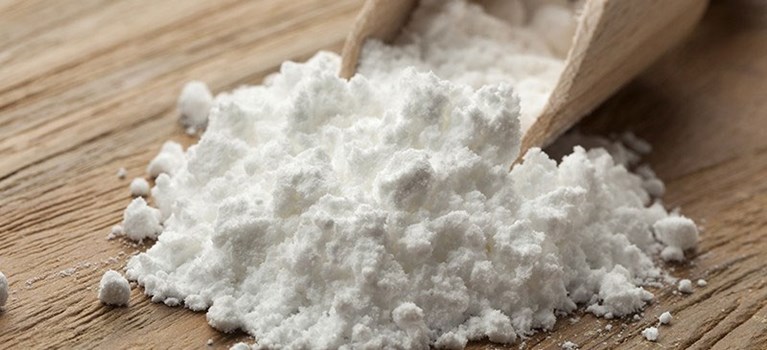Maltase (EC 3.2.1.20, alpha-glucosidase, glucoinvertase, glucosidosucrase, maltase-glucoamylase, alpha-glucopyranosidase, glucosidoinvertase, alpha-D-glucosidase, alpha-glucoside hydrolase, alpha-1,4-glucosidase, alpha-D-glucoside glucohydrolase) is one type of alpha-glucosidase enzymes located in the brush border of the small intestine. This enzyme catalyzes the hydrolysis of disaccharide maltose into two simple sugars of glucose. Maltase is found in plants, bacteria, yeast, humans, and other vertebrates. It is thought to be synthesized by cells of the mucous membrane lining the intestinal wall.
Digestion of starch requires six intestinal enzymes. Two of these enzymes are luminal endo-glucosidases named alpha-amylases. The other four enzymes have been identified as different maltases, exo-glucosidases bound to the luminal surface of enterocytes. Two of these maltase activities were associated with sucrase-isomaltase (maltase Ib, maltase Ia). The other two maltases with no distinguishing characteristics were named maltase-glucoamylase (maltases II and III). The activities of these four maltases are also described as alpha-glucosidase because they all digest linear starch oligosaccharides to glucose.
In most cases, it is equivalent to alpha-glucosidase, but the term “maltase” emphasizes the disaccharide nature of the substrate from which glucose is cleaved, and “alpha-glucosidase” emphasizes the bond, whether the substrate is a disaccharide or polysaccharide.
Vampire bats are the only vertebrates known to not exhibit intestinal maltase activity.
Maltase is part of a group of intestinal enzymes called FamilyGH13 (Glycoside hydrolase family 13) that are responsible for breaking apart the α-glucosidase linkages of complex carbohydrates into simple to use glucose molecules.The glucose molecules would then be used as a sort of “food” for cells to produce energy (Adenosine triphosphate) during Cellular respiration.
Maltase is an enzyme that is found naturally in humans and also in yeasts, bacteria and plants.
Maltase’s purpose is to break down disaccharide maltose into monosaccharides (malt sugars).
The important role of maltase as an enzyme in our digestive system is found when starch is being assimilated in maltose by salivary or pancreatic enzymes like amylase.
Post time: Mar-15-2022
